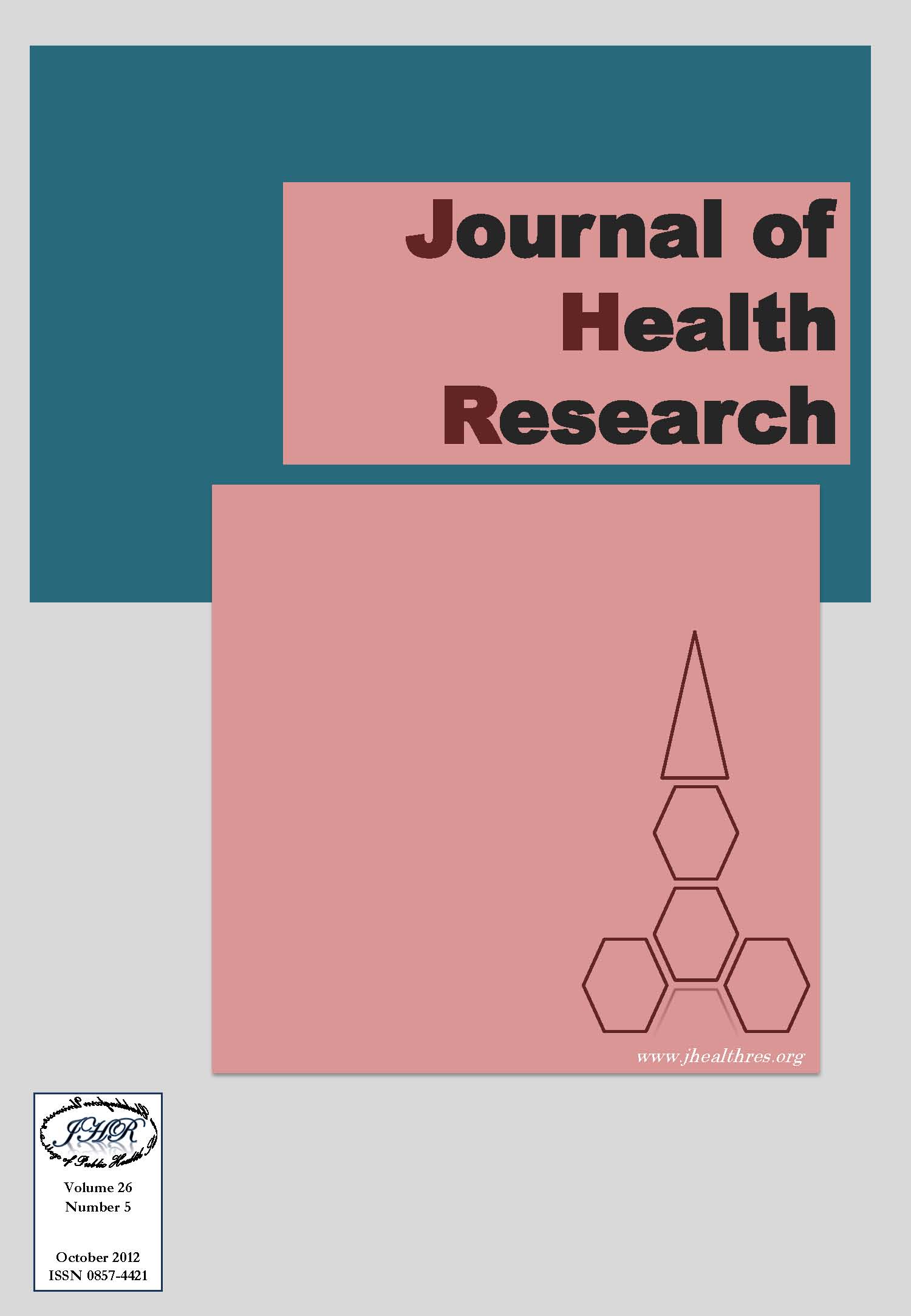Antinociceptive and Anti-Inflammatory Effects of Ben-Cha-Moon-Yai Remedy
Keywords:
Ben-Cha-Moon-Yai, Hot-plate, Formalin test, Writhing Test, Carrageenan-induced paw edemaAbstract
Ben-Cha-Moon-Yai remedy is an antipyretic and anti-inflammatory agent in Thai traditional medicine which includes roots of Ma-Toom, Phe-Ka, Lam-Yai, Chare-Tare and Khad-Linn. The antinociceptive activity of the root extract of Ben-Cha-Moon-Yai remedy (BMY) was initially determined using hot-plate, formalin and acetic acid-induced writhing models in mice. Hot-plate latencies were determined in male ICR mice prior to the administration of 0.9% normal saline solution (10 ml/kg, i.p.), morphine (10 mg/kg, i.p.), 2% Tween 80 (10 ml/kg, p.o.) and various doses of BMY (125-500 mg/kg, p.o.) and were subsequently determined at 15, 30, 45, 60, 90, 120 and 240 min. The mean percent maximum possible effect (%MPE) was calculated and used in the determination of the area of analgesia (%MPE-min). All doses of BMY produced a significant analgesic response in the hot-plate test. In formalin test, mice were induced with intraplantar injection of 2.5% formalin solution 30 min after intraperitoneal administration of 0.9% normal saline solution (10 ml/kg) or morphine (10 mg/kg) or 1 hr after oral administration of 2% Tween 80 (10 ml/kg), indomethacin (IND; 10 mg/kg) or various doses of BMY (125-500 mg/kg) and the number of paw licks were determined at 0-5 min and 15-30 min. All doses of BMY significantly decreased the number of paw licks compared to vehicle controls in the late phase. In acetic acid-induced writhing, mice were induced with intraperitoneal injection of 0.6% acetic acid 60 min after the oral administration of 2% Tween 80 (10 ml/kg), IND (10 mg/kg) or various doses of BMY (125-500 mg/kg) and the mean writhing response was determined for 30 min. All doses of BMY significantly decreased the number of writhes compared to vehicle controls. Study then determined the anti-inflammatory property of orally administered BMY (125-500 mg/kg) using carrageenan-induced mouse paw edema and compared with that of IND. Mice treated with IND and all doses of BMY showed a significant reduction in carrageenan-induce paw edema in the second phase. Taken together these results demonstrated that BMY possesses both antinociceptive and anti-inflammatory activities. These results support the antinociceptive effects through both central and peripheral mechanisms. Additional studies are required to determine the mechanism of these actions of BMY.







